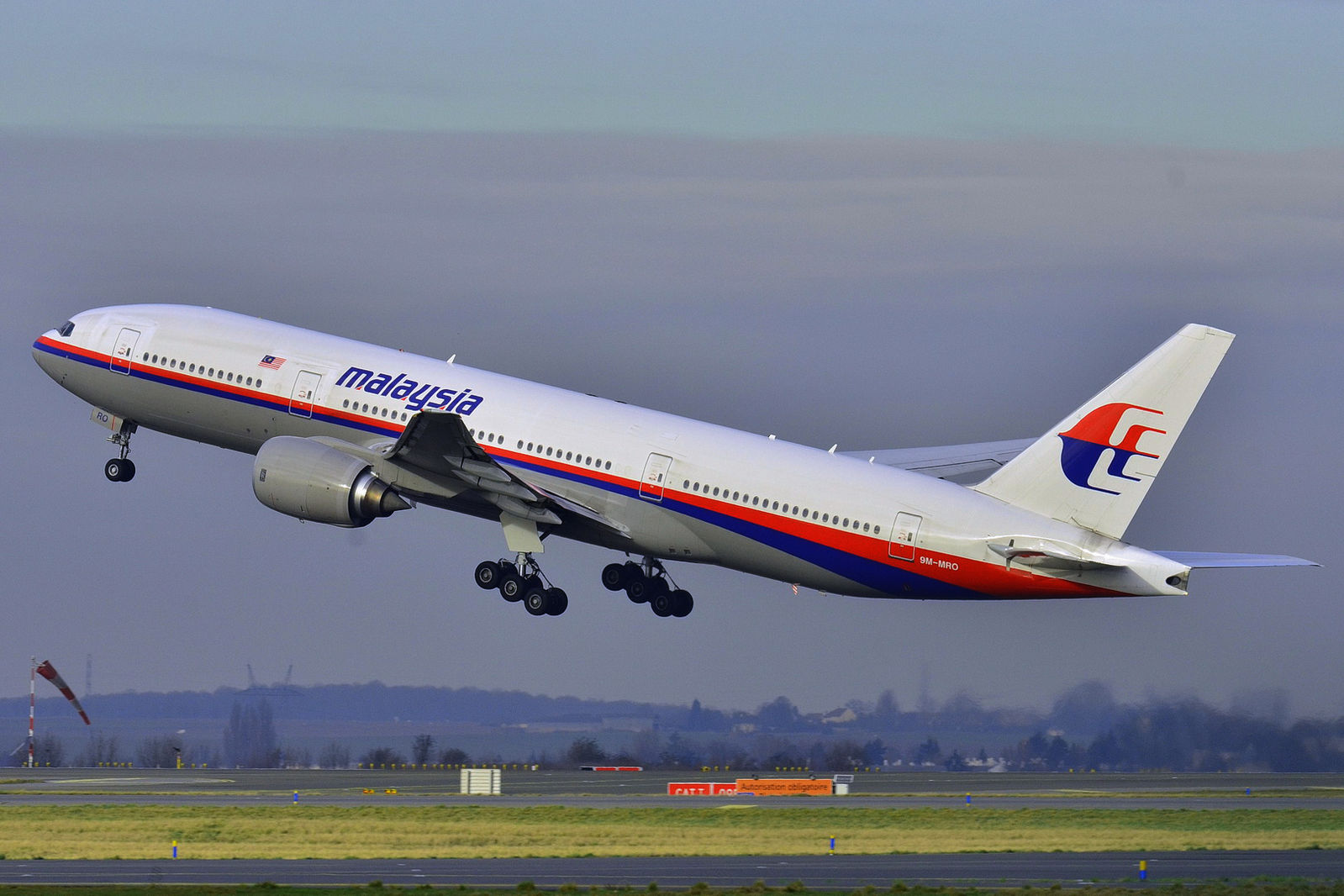Introduction:
On March 8, 2014, Malaysia Airlines Flight 370, carrying 239 passengers and crew members, vanished from radar screens, sparking one of the most perplexing mysteries in aviation history. Despite extensive search efforts, the whereabouts of the Boeing 777-200ER aircraft remained unknown for years, leaving families of the passengers and the global community in a state of profound shock and bewilderment. In the aftermath of the incident, numerous theories emerged, ranging from mechanical failures to deliberate actions, but the true fate of MH370 remains elusive to this day.
Malaysia Airlines:
Malaysia Airlines, the flag carrier of Malaysia, has a history spanning several decades, known for its commitment to safety and service excellence. MH370 was scheduled to fly from Kuala Lumpur International Airport to Beijing Capital International Airport, a routine route for the airline. The airline faced immense scrutiny following the disappearance, leading to substantial financial losses and reputational damage.

Passengers:
The flight carried a diverse group of passengers from more than a dozen countries, including Malaysia, China, Australia, and the United States. Among them were families, business travelers, and vacationers, all with different backgrounds and aspirations. The sudden disappearance of the aircraft plunged these families into anguish, with many still grappling with the absence of closure.
Pilot:
Captain Zaharie Ahmad Shah, a seasoned veteran with over 18,000 flight hours, was at the helm of MH370. First Officer Fariq Abdul Hamid, with over 2,700 flight hours, assisted him. Both pilots had clean records and underwent rigorous training. However, suspicions were raised about Captain Zaharie after investigations revealed that he had programmed a route into his home flight simulator that bore similarities to the presumed flight path of MH370.

Flight Route:
MH370 took off from Kuala Lumpur at 12:41 a.m. local time. The initial phase of the flight proceeded normally as it traversed Malaysian airspace. However, approximately 40 minutes into the flight, the aircraft deviated from its intended route, turning sharply to the southwest. It then flew across the Malaysian Peninsula, turned northwest over the Strait of Malacca, and headed into the southern Indian Ocean.

Crash Location:
Despite exhaustive search efforts spanning vast expanses of ocean, the precise location of the crash site remained elusive for years. Satellite data, along with analysis of communication between the aircraft and ground stations, indicated that MH370 likely ended its journey in a remote stretch of the southern Indian Ocean, far from any radar coverage. The challenging underwater terrain and adverse weather conditions complicated search and recovery operations, hampering efforts to locate the wreckage.
Flight Debris:
In the years following the disappearance, fragments of debris confirmed to be from MH370 washed ashore on various coastlines across the Indian Ocean. These included items such as a flaperon, wing components, and personal effects belonging to passengers. The discovery of these debris pieces provided crucial clues to investigators, affirming the theory that the aircraft had indeed crashed into the ocean.

Conclusion:
The MH370 tragedy stands as a poignant reminder of the fragility of human life and the complexities of modern aviation. Despite years of investigation and search efforts involving multiple countries and organizations, many questions surrounding the disappearance remain unanswered. The families of the passengers continue to seek closure and justice, while the aviation industry has implemented measures to prevent similar incidents in the future. MH370 remains a haunting enigma, prompting ongoing reflection and scrutiny within the global community.

